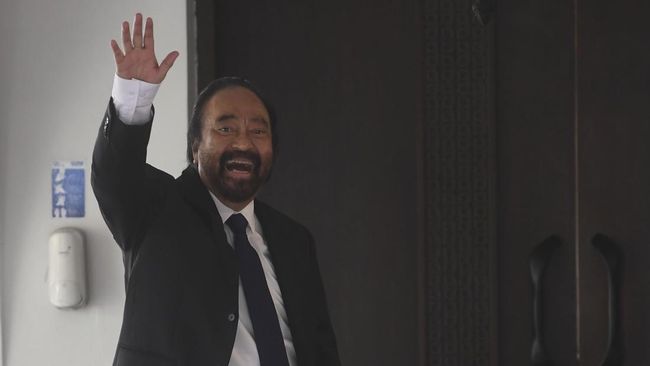Los Angeles on Friday became the third city in the United States to open an office against extreme heat. Reality has already forced the second most populous city in the country to ration its water consumption due to shortages. Now local politicians are forced to face another of the most palpable threats that global warming brings, the rise in temperatures. After decades of being known as a benevolent weather destination, Angelenos now know that they must tolerate more heat in more months of the year. Marta Segura, a 58-year-old Latina politician, will be the first in charge of developing proposals to cool Los Angeles.
The United States Supreme Court on Thursday dealt a new blow to the fight against climate change. The conservative majority of the Court limited the field of action of the environmental regulation agency, with which the States will be able to allow more polluting industrial activities. Given this, cities are called to take the initiative with measures that reduce the environmental impact. Los Angeles, a city where the maximum temperature has increased 2.8 degrees in a century, joins Phoenix and Miami, the only ones that have a charge focused on attacking high temperatures.
Originally from San José, in northern California, Segura will design, together with other city departments, a program to detect the increasingly common heat waves early. She will also have to develop a response plan with other agencies and to reduce exposure to heat, which kills about 12,000 people each year across the country. Some cities on the west coast have already decreed high temperatures as a health crisis.
A 2018 report claimed that in 100 years, there are 22 more days of extreme temperatures in Los Angeles. These too have risen nearly two degrees in temperature in the last century, according to a paper published in the Pacific Coast Geographers Yearbook. One fact stood out in the experts’ analysis. Between 1906 and 1956 there were no heat waves. These became commonplace since the 1970s, when the heat was squeezing for up to six days in a row. In 2050 the city will have five times more heat waves than it does now.
The worst time is the one we are in, summer. Two years ago, Woodland Hills, a neighborhood halfway between Santa Monica and the San Fernando Valley, registered 49 degrees. Mayor Eric Garcetti chose the summer to give a new assignment to Segura, who also coordinates the Office of Action for the Climate Emergency, created at the beginning of last year. Segura knows first-hand what heat stroke is. His father, of Mexican origin, was a bracero, a farm worker, and his mother was employed in a factory. They are two of the jobs that are most exposed to the inclemency of the sun.
“Latinos have been suffering disproportionately from climate hazards for a long time,” Segura told Los Angeles Times this week. Another of the groups most vulnerable to climate change is the homeless population. It is estimated that the city has some 66,000 people living in destitution. Segura has said that he is in talks with other city authorities to install mobile units that can provide shade and hydration points to these people, who are spread over the vast footprint of the metropolitan area. “If we don’t help the most vulnerable communities in Los Angeles, which is 50% of the population, we are not going to achieve climate solutions,” he added in the same conversation with the newspaper.
Phoenix’s example
Last year there were 338 heat-related deaths in Maricopa County, where Phoenix is located, in the State of Arizona. More than a third of these deaths, 130, were homeless. The city of 4.6 million people is one of the warmest in the United States with many days when the temperature ranges between 32 and 37 degrees. With some 5,000 people living on the streets, it is a potential tragedy in the making.
In October of last year, Phoenix became the first city in the West to open an office to find solutions to this problem. The person in charge of the task was David Hondula, a professor with experience in urban planning and in researching the impact of heat on urban life.
The city has already taken some action. Among these, the investment of six million to plant trees in the poorest neighborhoods of the city. In April alone, 259 trees were planted in these so-called cold corridors. Authorities have also paved nearly 70 kilometers of streets with a mixture designed at the local university that cools down at night, helping to lower temperatures by up to 12 degrees compared to the common assault. Another program offers to coat roofs with a light-reflecting chemical that reduces the need for air conditioning.
subscribe here to the newsletter of EL PAÍS América and receive all the key information on current affairs in the region.
–
/cloudfront-eu-central-1.images.arcpublishing.com/prisa/HIWT774ENSKHYFWB5YYL3MXDFY.jpg)

